What are PAlLs and RAILs?
PAILs and RAILs are an isometric loading strategy used in Functional Range Conditioning (FRC) and Functional Range Systems (FRS). PAILS stands for Progressive Angular Isometric Loading while RAILs stands for Regressive Angular Isometric Loading. PAILs and RAILs are often used together alongside stretching to increase range of motion and improve mobility.
Here is a video explaining what PAILs and RAILs are and how to do them properly in detail:
What is the difference between PAILS and RAILS?
For those that don’t know, isometric loading (the “IL” part of PAILS and RAILs) refers to putting force through a muscle or tissue without changing the length or joint angle. While both PAILs and RAILs involve isometrically loading tissue, there are some differences in which tissues are isometrically loaded and how the isometric loading is applied.
During progressive angular isometric loading (PAILS) the target of the isometric is the tissue that is in a stretch (or in a lengthened position). However, during regressive angle isometric loading the target is the tissue that pulls you into that stretch (the tissue that is in a shortened position).
In terms of how PAILs and RAILs are applied, PAILs is typically done very slowly. This means you slowly build the isometric contraction over time. In contrast, RAILs is typically done very rapidly and without a slow build up or ramp. There are exceptions to this, but more often then not you will see them done this way.
What do PAILS and RAILs do?
When PAILS and RAILs are applied properly (as discussed in the video above) they can be a useful tool to help acquire new active ranges of motion while teaching your nervous system how to control and produce force in or use that new range of motion.
By doing PAILs and RAILs properly you will typically:
Bypass the stretch reflex
Induce cortical mapping (or improve your brains representation of that joint/tissue)
Increase neural drive to the tissue
Cause a cellular adaptation in the tissue (these cells respond to the force you put through them)
Increase blood flow to both the PAILS and RAILs tissue
& more
Put simply, you will cause both your nervous system and your tissues (including muscles) to respond in a way that typically increases your range of motion while simultaneously teaching your nervous system how to actually use that range of motion.
How do I do PAILS/RAILs?
PAILs and RAILs can be applied in many different ways. There are technically three levels of PAILs and RAILs, some of which are used in “treatment” and others used in “training”.
However, the most common way that you will see them used is as follows (and as in the videos in the next section):
Stretch for 2 minutes
Begin to irradiate by slowly tensing all of your muscles and solidifying your body in space
Begin PAILs by SLOWLY beginning to produce force with the tissue you are stretching (without moving) and work up to maximally that tissue with 100% effort
Hold this maximum effort isometric for 10s
Begin RAILs by immediately reversing and maximally engaging the tissue that pulls you deeper into the stretch
Hold for 5-10s
Slowly relax but stay in this stretch or new range of motion
Slow your breathing before leaving the position or repeat another PAILs/RAILs set (steps 2-8)
It is worth noting that PAILs and RAILs are often done for multiple sets and are typically followed with other exercises to further train, teach the body about, and preserve any new range of motion that is acquired. These subsequent exercises may include CARs (you’ll find a whole blog on CARs with tutorials here), passive range holds, passive range lift offs, eccentrics, and many more.
What are some examples of PAILs/RAILs?
Here are some follow along video tutorials and Operation Human First Kinstretch class clips that walk you through how to do PAILs/RAILs for various joints. Give them a try and experience PAILs and RAILs for yourself!
Shoulder Internal Rotation PAILs/RAILs
Hip Internal Rotation PAILs/RAILs
Hip External Rotation PAILs/RAILs
Ankle Dorsiflexion PAILs/RAILs
If you want to learn more about what PAILs and RAILS are or how to apply them you’ll find full structured classes with detailed coaching by a Kinstretch instructor and physical therapist to help you effectively use strategies like this and others that compliment them to improve every joint in your body.
Written by: Alex Murphy, Physical Therapist, Kinstretch Instructor, FRCms, FRSC, FRAs, FR


